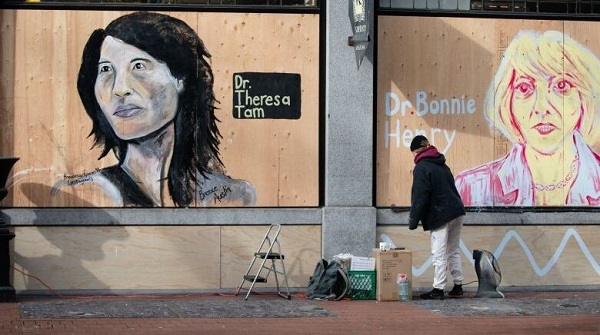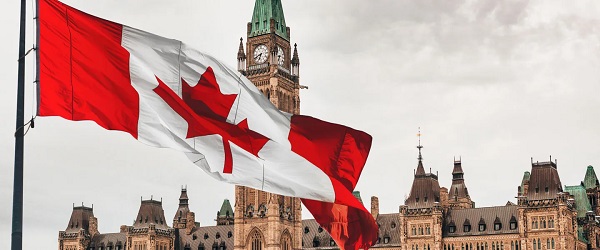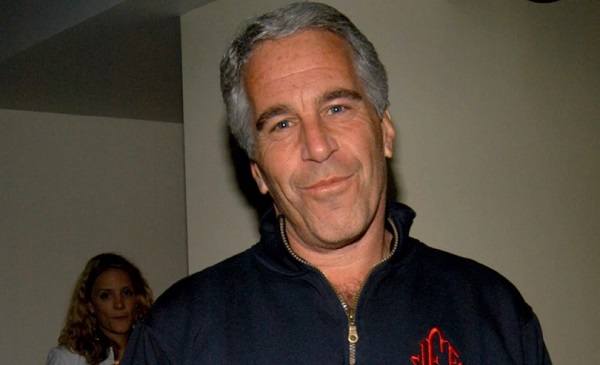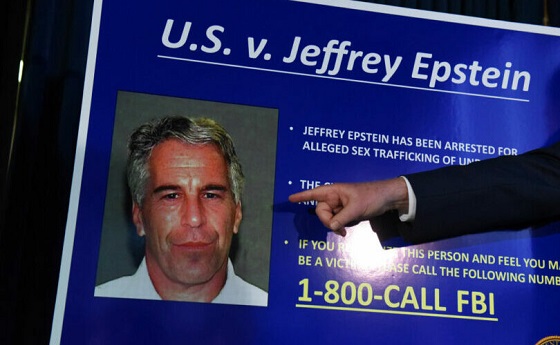Community
Calgary voted against bidding for Olympic Games, would Red Deer have voted against bidding for Canada Games?

Calgarians have voted against bidding for the 2026 Olympic Winter Games. Besides the boosterism of the few, the bid never really resonated with the populace.
This bid also undeniably fell victim to the unpleasant baggage weighing down the Olympic movement. The cynical narrative is familiar by now. Cities spend billions more than initially proposed to host a two-week party that leaves little long-term positive economic impact. According to reporter Jamie Strashin of CBC news.
There would have meant billions spent for this event and yet the perception is that there would be negligible long term benefit.
Another question that was being asked, would the Olympics have delayed other much needed projects, more important to the residents of Calgary?
Would Red Deer residents, if having the opportunity, would they have followed Calgary in voting against the bidding for the 2019 Canada Games? Will the two-week party in February leave little long-term positive economic impact?
Has other projects, more important to Red Deerians been delayed or cancelled, until after the Canada Games? Will there be any quantifiable benefits to the average joe in Red Deer having these games?
I know that the Canada Games does not have the same baggage and is only in the tens of millions not like the billions, in total, by various governments, for the Olympic games, but Calgarians still did not believe they would see any long term economic benefit.
They can watch the ceremonies, races and events on television like almost everyone else no matter where it is located.
Will Red Deer be able to show that the Canada Games will give us long term economic benefits without delaying other projects nearer and dearer to our hearts? Will we be scrambling to catch up after it is over?
Perhaps we should start having plebiscites before we commit our tax dollars to these big events? Just saying.
Community
Support local healthcare while winning amazing prizes!

|
|
|
|
|
|
Community
SPARC Caring Adult Nominations now open!

Check out this powerful video, “Be a Mr. Jensen,” shared by Andy Jacks. It highlights the impact of seeing youth as solutions, not problems. Mr. Jensen’s patience and focus on strengths gave this child hope and success.
👉 Be a Mr. Jensen: https://buff.ly/8Z9dOxf
Do you know a Mr. Jensen? Nominate a caring adult in your child’s life who embodies the spirit of Mr. Jensen. Whether it’s a coach, teacher, mentor, or someone special, share how they contribute to youth development. 👉 Nominate Here: https://buff.ly/tJsuJej
Nominate someone who makes a positive impact in the live s of children and youth. Every child has a gift – let’s celebrate the caring adults who help them shine! SPARC Red Deer will recognize the first 50 nominees. 💖🎉 #CaringAdults #BeAMrJensen #SeePotentialNotProblems #SPARCRedDeer
s of children and youth. Every child has a gift – let’s celebrate the caring adults who help them shine! SPARC Red Deer will recognize the first 50 nominees. 💖🎉 #CaringAdults #BeAMrJensen #SeePotentialNotProblems #SPARCRedDeer
-

 Also Interesting2 days ago
Also Interesting2 days ago9 Things You Should Know About PK/PD in Drug Research
-

 Business2 days ago
Business2 days ago‘Experts’ Warned Free Markets Would Ruin Argentina — Looks Like They Were Dead Wrong
-

 Business2 days ago
Business2 days agoCannabis Legalization Is Starting to Look Like a Really Dumb Idea
-

 Bruce Dowbiggin1 day ago
Bruce Dowbiggin1 day agoThe Covid 19 Disaster: When Do We Get The Apologies?
-

 Media2 days ago
Media2 days agoCBC journalist quits, accuses outlet of anti-Conservative bias and censorship
-

 Business1 day ago
Business1 day agoCarney government should recognize that private sector drives Canada’s economy
-

 Automotive2 days ago
Automotive2 days agoAmerica’s EV Industry Must Now Compete On A Level Playing Field
-

 Alberta1 day ago
Alberta1 day agoFourteen regional advisory councils will shape health care planning and delivery in Alberta







